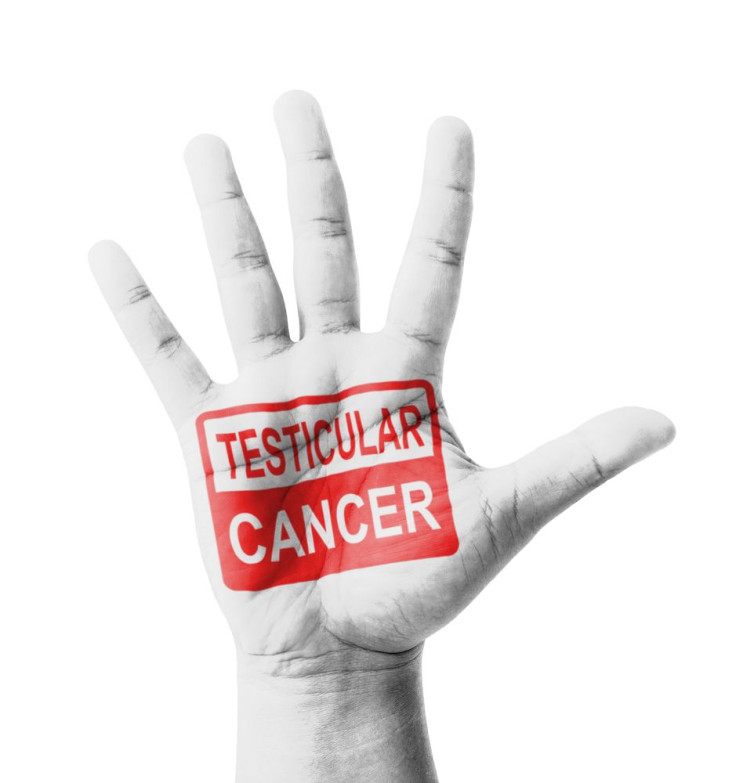
In the United States, the chance of a man developing testicular cancer is 1 in 270. And according to American Cancer Society, in this year alone there will be 8,820 estimated new cases of testicular cancer and 380 men will die from it. While these statistics are alarming on their own, a new study found that the rate of testicular cancer in young Hispanic men is on the rise.
Specifically, over the past ten years, Hispanic men saw a three percent increase per year while non-Hispanic white men saw a steady rate. As it is, testicular cancer is a the most common form of cancer for men aged between 15 and 39 -- it should be noted that it is also the most curable with 90 percent of men living at least a decade after their initial diagnosis. Reuters Health reports that new testicular cancer cases per year ranges at 4.7 cases per 100,000 men in Hispanics, 6.6 out 100,000 in white men, and 1.4 out of 100,000 in black men.
“I think the most important message is that testicular cancer is common in this age group and in this population and that we need to provide early and prompt care to these patients,” Dr. Nicholas G. Cost told Reuters Health in an email. “All male adolescent and young adult patients should be made aware by their primary care provider about the risks of testicular cancer, regardless of ethnicity."
But news like this raises an important question: Why are young Hispanic men more vulnerable to testicular cancer? Unfortunately, researchers do not have an idea as to why the rates are going up. They do note; however, that if “the rate of testicular germ cell tumors among Hispanic whites may overtake that among non-Hispanic whites if the observed trends persist.”
Given the increase in testicular cancer, it is important for men to get screened regularly for early diagnosis. The U.S. Preventive Services Task Force, a government-backed panel, and the American Cancer Society note that the most common symptom is a painless lump on one testicle and men ages 15 and onwards should perform a self-examination.
© 2024 Latin Times. All rights reserved. Do not reproduce without permission.
